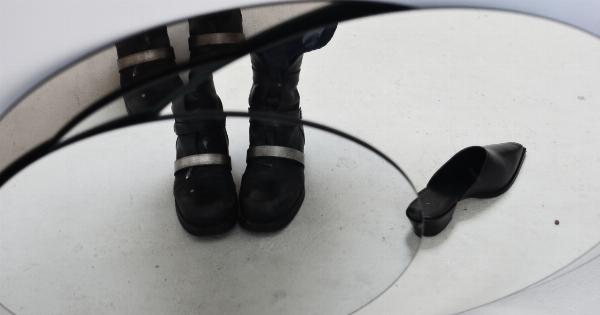Plantar fasciitis is a common foot condition that causes heel pain and discomfort. It occurs when the plantar fascia, a thick band of tissue that runs along the bottom of the foot, becomes inflamed and irritated.
This condition can affect people of all ages and is especially common among athletes and individuals who spend long hours on their feet.
Symptoms of Plantar Fasciitis
The most common symptom of plantar fasciitis is pain in the heel or arch of the foot. The pain is usually sharp and stabbing, and it is often worst in the morning or after a period of rest. Walking or standing for long periods can also worsen the pain.
Some individuals may also experience swelling, redness, or aching in the affected area.
Causes of Plantar Fasciitis
Plantar fasciitis is typically caused by repetitive stress or injury to the plantar fascia. Some common causes include:.
- Tight calf muscles
- High arches or flat feet
- Being overweight or obese
- Wearing improper footwear
- Engaging in activities that put excessive strain on the feet, such as running or dancing
While these factors can increase the risk of developing plantar fasciitis, the condition can also occur without any identifiable cause.
Diagnosis and Treatment
Diagnosing plantar fasciitis usually involves a physical examination and a discussion of the individual’s symptoms. In some cases, imaging tests such as an X-ray or MRI may be recommended to rule out other possible causes of foot pain.
Treatment options for plantar fasciitis may include:.
- Rest and avoiding activities that worsen the pain
- Icing the affected area to reduce inflammation
- Stretching exercises to improve flexibility and alleviate tension in the plantar fascia
- Wearing supportive footwear or using orthotic inserts
- Taking over-the-counter pain medications, such as nonsteroidal anti-inflammatory drugs (NSAIDs)
- Physical therapy
- Night splints to keep the foot and ankle in a dorsiflexed position while sleeping
- Corticosteroid injections to reduce pain and inflammation
- Extracorporeal shockwave therapy, a non-invasive treatment that uses sound waves to stimulate healing
- Surgery (in rare cases when all other treatments have failed)
Prevention
While it may not be possible to completely prevent plantar fasciitis, there are steps individuals can take to reduce their risk:.
- Wearing supportive and properly fitted footwear
- Using orthotic inserts if necessary
- Avoiding exercises or activities that put excessive strain on the feet
- Stretching the calves, Achilles tendon, and plantar fascia regularly
- Gradually increasing the intensity and duration of physical activities
- Maintaining a healthy weight to reduce stress on the feet
Living with Plantar Fasciitis
While plantar fasciitis can be a chronic condition, there are steps individuals can take to manage their symptoms and improve their quality of life. Some self-care measures and lifestyle changes that can help include:.
- Wearing comfortable and supportive footwear at all times
- Performing foot and calf stretches throughout the day
- Using ice packs or applying cold compresses to the affected area
- Avoiding prolonged periods of standing or walking on hard surfaces
- Using a night splint as prescribed by a healthcare professional
- Taking breaks and elevating the feet whenever possible
- Managing weight through a healthy diet and regular exercise
- Seeking physical therapy or alternative treatments, such as acupuncture or massage
- Following a prescribed treatment plan and attending regular check-ups with a healthcare provider
Conclusion
Plantar fasciitis is a painful foot condition that can affect individuals of all ages.
It is important to seek medical attention if experiencing symptoms of plantar fasciitis, as early intervention and treatment can help alleviate pain and prevent the condition from worsening. By understanding the causes, symptoms, and treatment options available, individuals can take steps to manage their condition and improve their overall foot health.




























